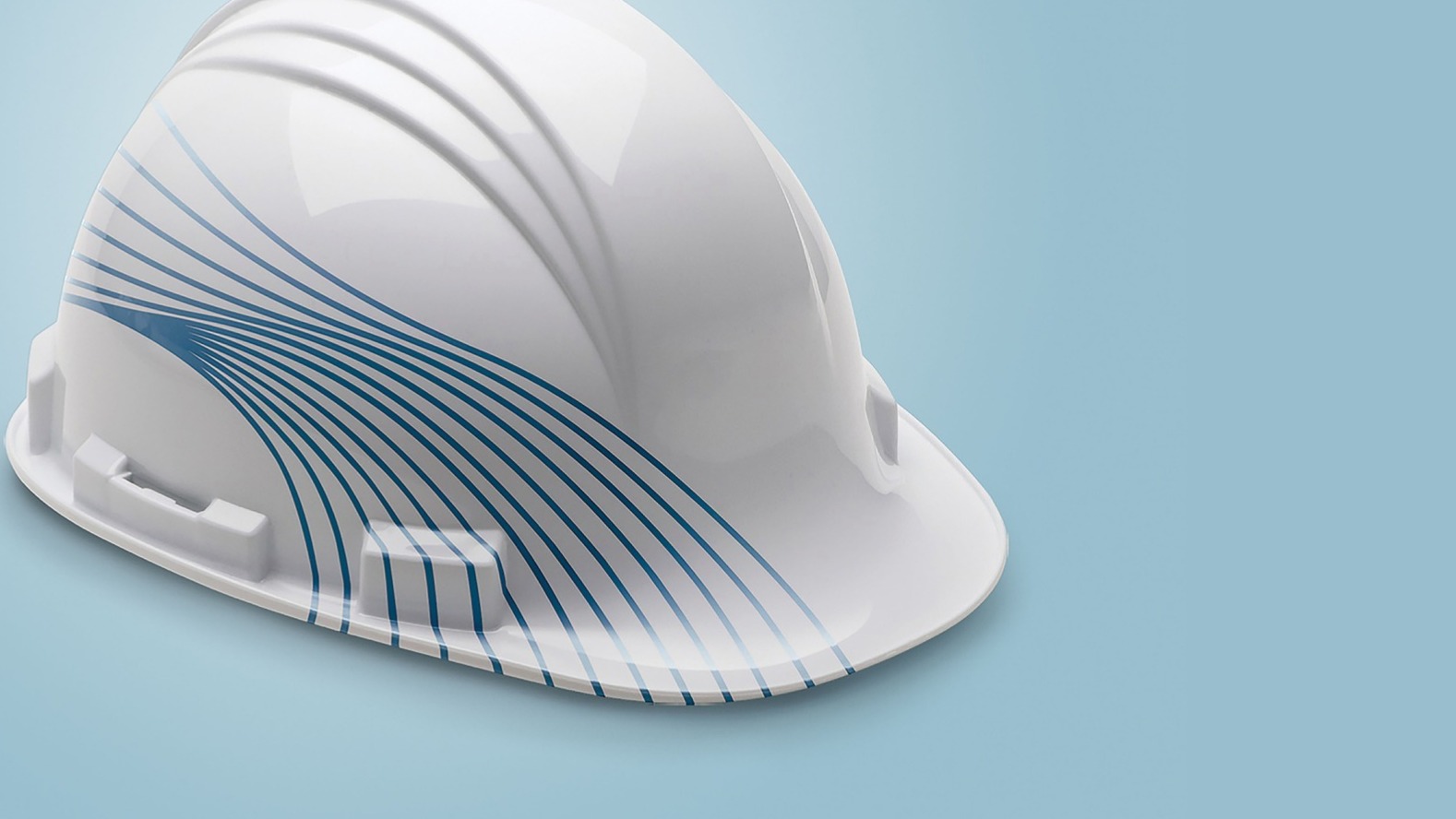
Neglecting Air Sealing in Insulation
Neglecting Air Sealing in Insulation: A Costly Mistake
Table of Contents
Introduction
When it comes to insulating buildings, many people focus solely on the insulation materials themselves, overlooking an equally crucial aspect: air sealing. Air sealing involves sealing gaps, cracks, and openings in a building's envelope to prevent air leakage. Neglecting air sealing in insulation can result in significant energy loss, reduced indoor comfort, and increased utility costs. In this article, we will explore the importance of air sealing in insulation, the consequences of neglecting it, and the benefits of a comprehensive insulation and air sealing approach.
The Importance of Air Sealing in Insulation
Air sealing is an essential component of a well-designed insulation system. Here's why it is crucial:
1. Energy Efficiency
Air leakage can account for a significant portion of energy loss in a building. Uncontrolled air movement allows conditioned air (heated or cooled) to escape, requiring HVAC systems to work harder to maintain desired indoor temperatures. By effectively air sealing the building envelope, insulation can perform at its optimum level, reducing energy consumption and lowering utility bills.
2. Indoor Comfort
Air leaks can create drafts, leading to uneven temperature distribution and discomfort in living or working spaces. Air sealing helps maintain a consistent indoor environment, preventing drafts and cold spots. It also reduces the infiltration of outdoor pollutants, allergens, and noise, improving indoor air quality and overall comfort.
3. Moisture Control
Air leaks can also contribute to moisture-related issues in buildings. Moisture infiltration can lead to condensation, mold growth, and structural damage. Air sealing helps prevent the entry of moisture-laden air, reducing the risk of these problems and promoting a healthier indoor environment.
4. Sustainability and Environmental Impact
By minimizing energy consumption, proper air sealing in insulation contributes to a more sustainable built environment. It reduces greenhouse gas emissions associated with energy production and supports efforts to mitigate climate change. Air sealing also enhances the overall durability and longevity of the building, reducing the need for repairs and replacements.
Consequences of Neglecting Air Sealing
Neglecting air sealing in insulation can have several negative consequences:
1. Higher Utility Bills
Air leaks allow conditioned air to escape and outdoor air to infiltrate, causing HVAC systems to work harder to maintain comfortable temperatures. As a result, energy use increases and utility costs rise.
2. Reduced Insulation Effectiveness
Air movement through gaps and cracks in the building envelope disrupts the insulation's ability to perform optimally. Insulation works by slowing down heat transfer, but air leaks bypass this insulation layer, diminishing its effectiveness.
3. Comfort Issues
Air leaks create drafts and temperature imbalances, resulting in discomfort for occupants. Certain areas may feel too cold or too hot, impacting productivity and overall satisfaction.
4. Indoor Air Quality Problems
Air leaks can introduce moisture, pollutants, and allergens into the building, leading to moisture-related issues, compromised indoor air quality, and potential health hazards.
The Benefits of Comprehensive Insulation and Air Sealing
To maximize the benefits of insulation and create an energy-efficient and comfortable building, a comprehensive approach that combines insulation and air sealing is necessary. Here are the advantages of adopting this approach:
1. Reduced Energy Consumption
Comprehensive insulation and air sealing significantly reduce energy consumption by minimizing air leakage and improving insulation performance. This results in long-term cost savings and a smaller carbon footprint.
2. Indoor Comfort
By effectively sealing gaps and cracks, comprehensive insulation and air sealing create a more comfortable indoor environment with consistent temperatures and fewer drafts.
3. Moisture Control
Comprehensive insulation and air sealing help prevent moisture infiltration, reducing the risk of condensation, mold growth, and associated indoor air quality issues. It encourages healthier living and working conditions.
4. Building Durability
By minimizing moisture-related problems and heat loss, comprehensive insulation and air sealing contribute to the long-term durability and structural integrity of the building. This can result in fewer repairs and replacements over time.
Conclusion
Air sealing is an integral part of any insulation project, and neglecting it can have significant consequences. By recognizing the importance of air sealing and adopting a comprehensive approach that combines insulation and air sealing, building owners and occupants can enjoy enhanced energy efficiency, improved indoor comfort, better moisture control, and long-term durability. It is crucial to consult with insulation professionals who understand the significance of air sealing and can implement effective solutions for a well-sealed and well-insulated building.